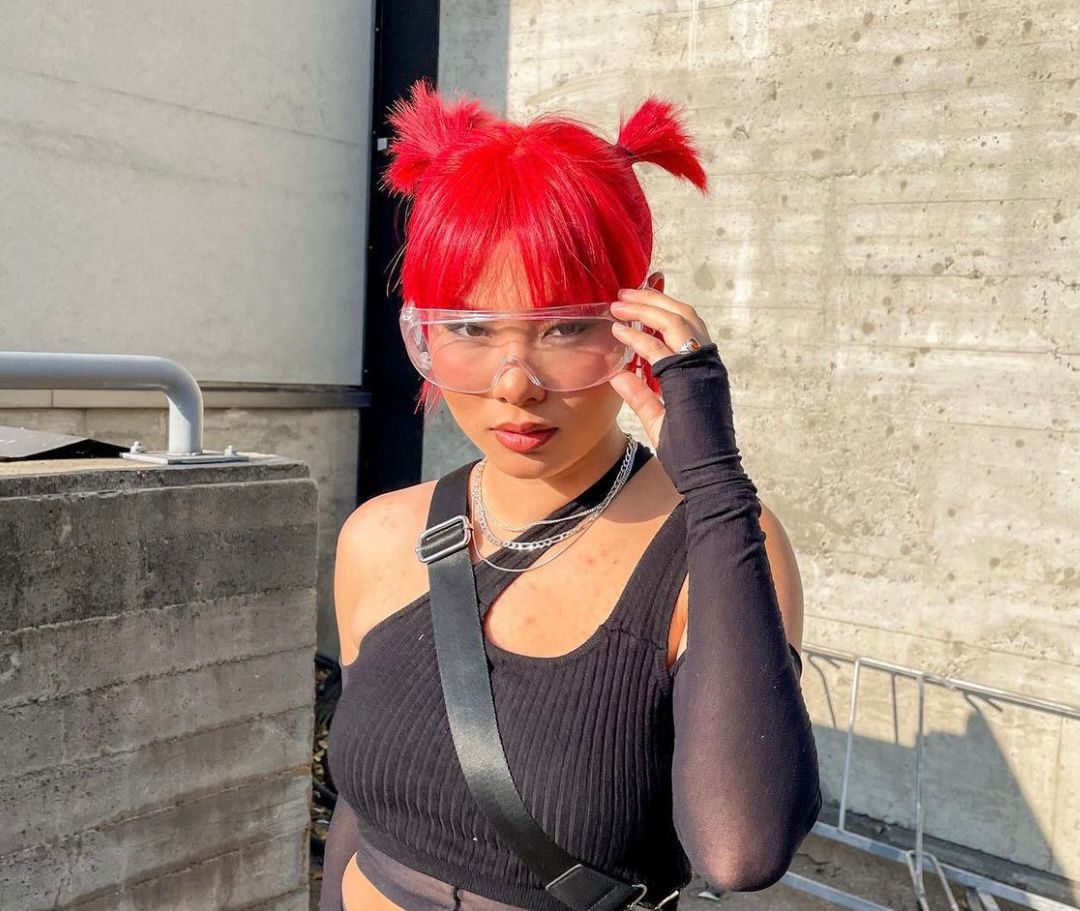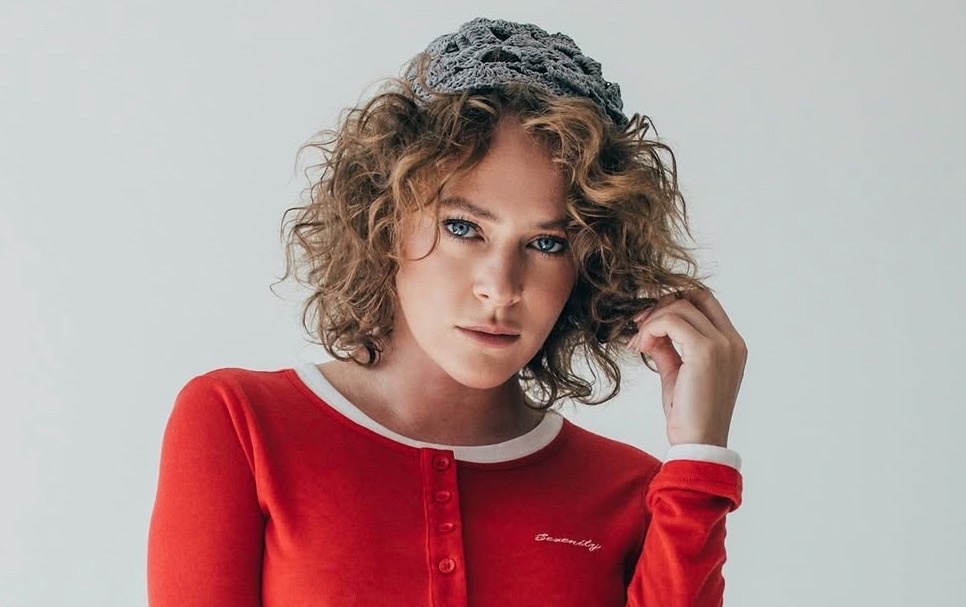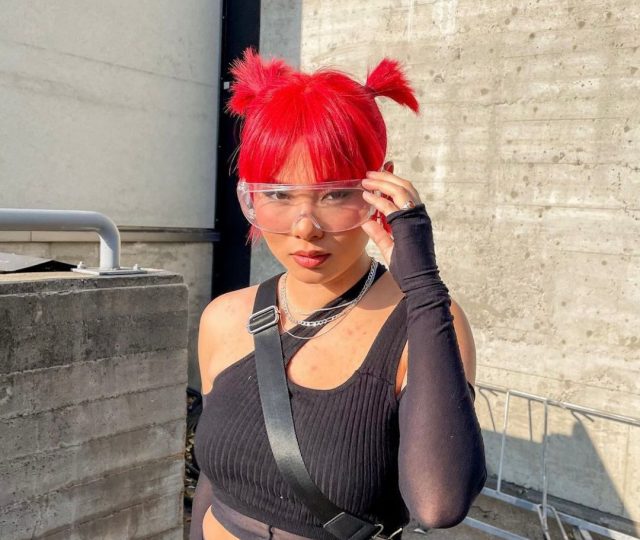
When spring comes, we have only two options left – cut the bangs or dye our hair in a new shade. Both steps are very radical, so you need to be prepared for the consequences before doing one or the other. We know a lot about bangs from our own experience, but not all about bright colors.
Our experts:
Elena BaranovaBrand manager of Framesi Russia.
Marina LazarukExecutive brand director of Ice Professional by Natura Siberica.
What you need to know “on the shore”?
When we see stars or models with hot pink, cherry or blue hair, the urge to paint increases exponentially. This is a really important step, so you need to know all the pitfalls before you take it. Both of our experts make a few points:
– Make sure the color you choose matches your skin tone and style. A bright shade will drastically change the image, so be prepared to change your makeup and choose different outfits.
— Saturated colors require careful care. First, they need to be refreshed frequently to maintain shine and density. Secondly, use special products in home care.
– If the hair was previously bleached or dyed, only an experienced master can achieve a uniform color, and this will take more time. So be patient.
How to care for brightly colored hair?
First and foremost is to update the color about once a month. Framesi Russia brand manager Elena Baranova believes the frequency of visits to a colorist depends on several factors:
— Color intensity. The brighter and more saturated the color, the more often you need to update the color. For example, a red tone may require frequent toning, while a light pink or pastel tone may stay in the hair longer.
— hair type. On fine and damaged hair, the dye may spread faster and less evenly, so such hair may need to be repainted more often.

Second, but not least, is home care. Purple shampoos and balms are often used to protect the blonde, while a tint mask is suitable for more vibrant colors. “A concentrated tint mask can be diluted with a regular, colorless conditioning mask. This will help determine a comfortable degree of brightness when updating the color – a less saturated concentration allows you to achieve more uniformity, especially if you do the update yourself, ”says Marina Lazaruk, Brand Director of the brand Ice Professional by Natura Siberica.
Do I need to consider skin undertone when choosing a shade?
Some colors may accentuate your features, while others may make them less expressive. And the responsibility for this largely lies with the skin undertone. There are three in total – cold, warm and neutral. It is usually determined by skin, hair and eye color (or a special test).
“In fact, master colorists often consider the color type of appearance when choosing a hair shade, but they also pay attention to factors such as the client’s eye color, face shape, hair structure characteristics, style, and personal preferences.” says Elena Baranova.
Marina Lazaruk also believes that blindly following skin tone in creative coloring is no longer acceptable. “On the contrary, the most non-standard combinations yield the most interesting results. Do not be afraid and experiment with your master, it is fashionable to express yourself, ”says she.
Vivid Color Trends
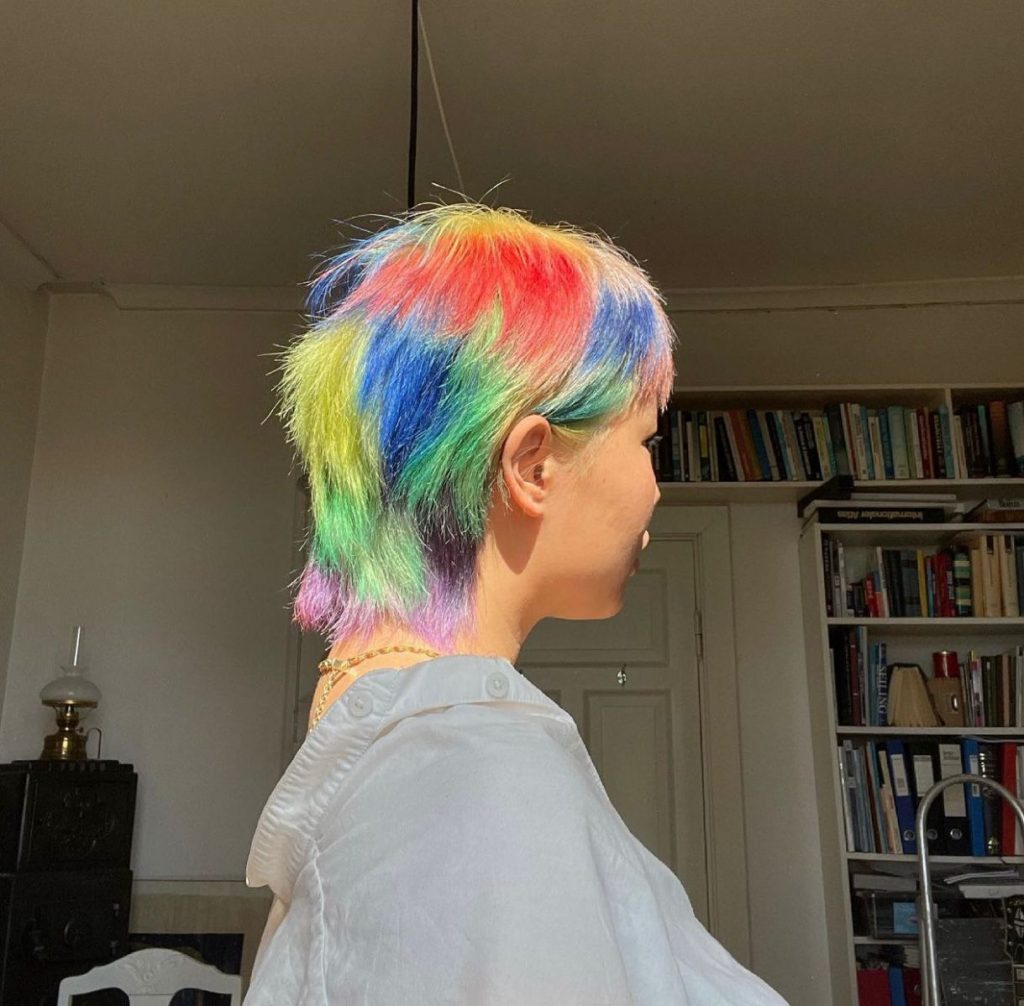
Multicolored wires – a technique in which each wire is dyed a separate color. Often several bright shades are used, which can create a rainbow effect.
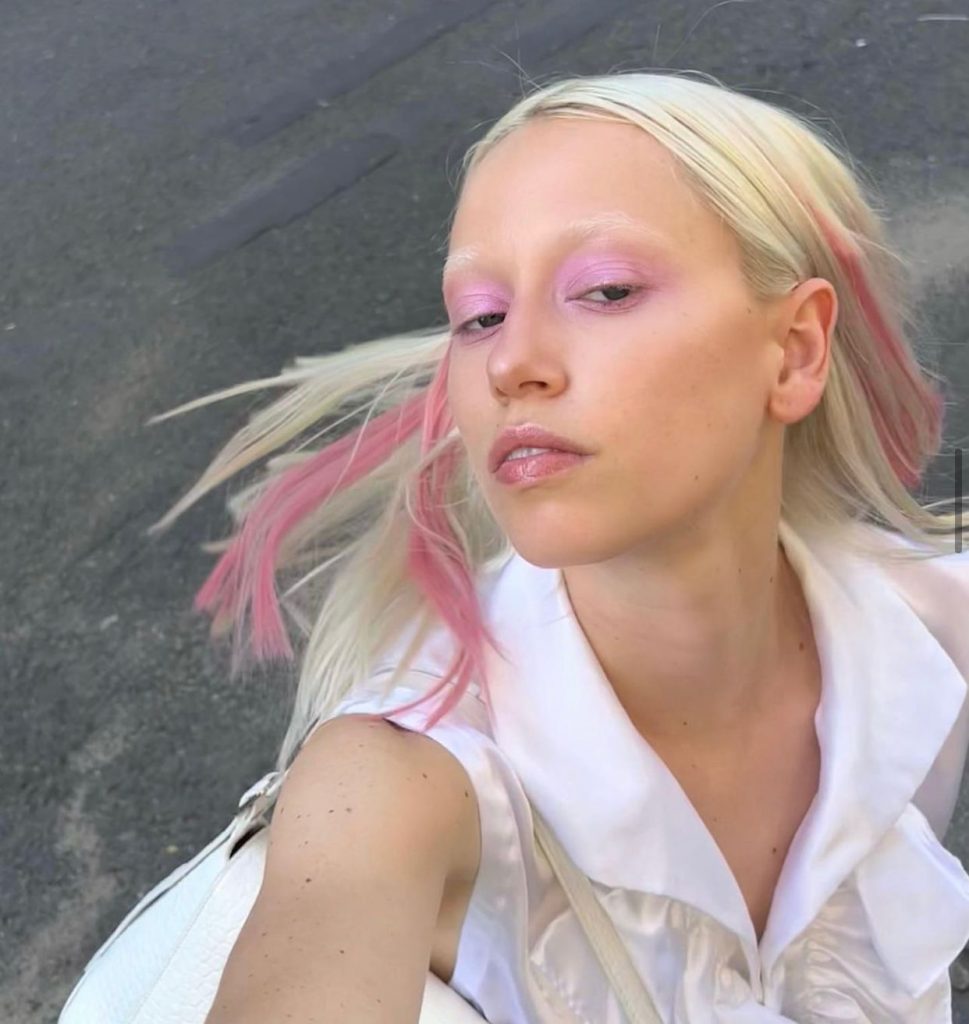
Baby Lights is a technique in which fine strands of hair are illuminated and highlighted with bright hues such as pink, blue or green.
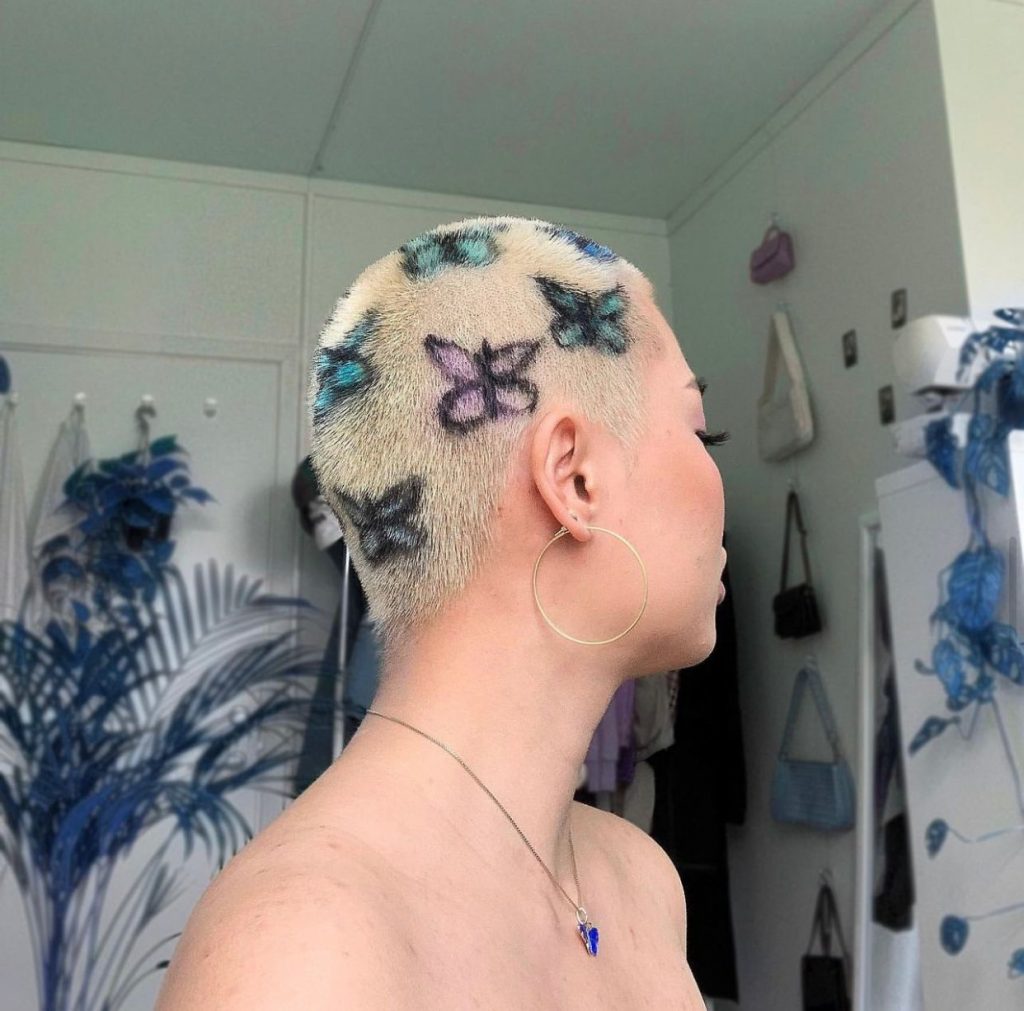
Graffiti is a technique in which drawings or writings made in bright colors are applied to the hair.
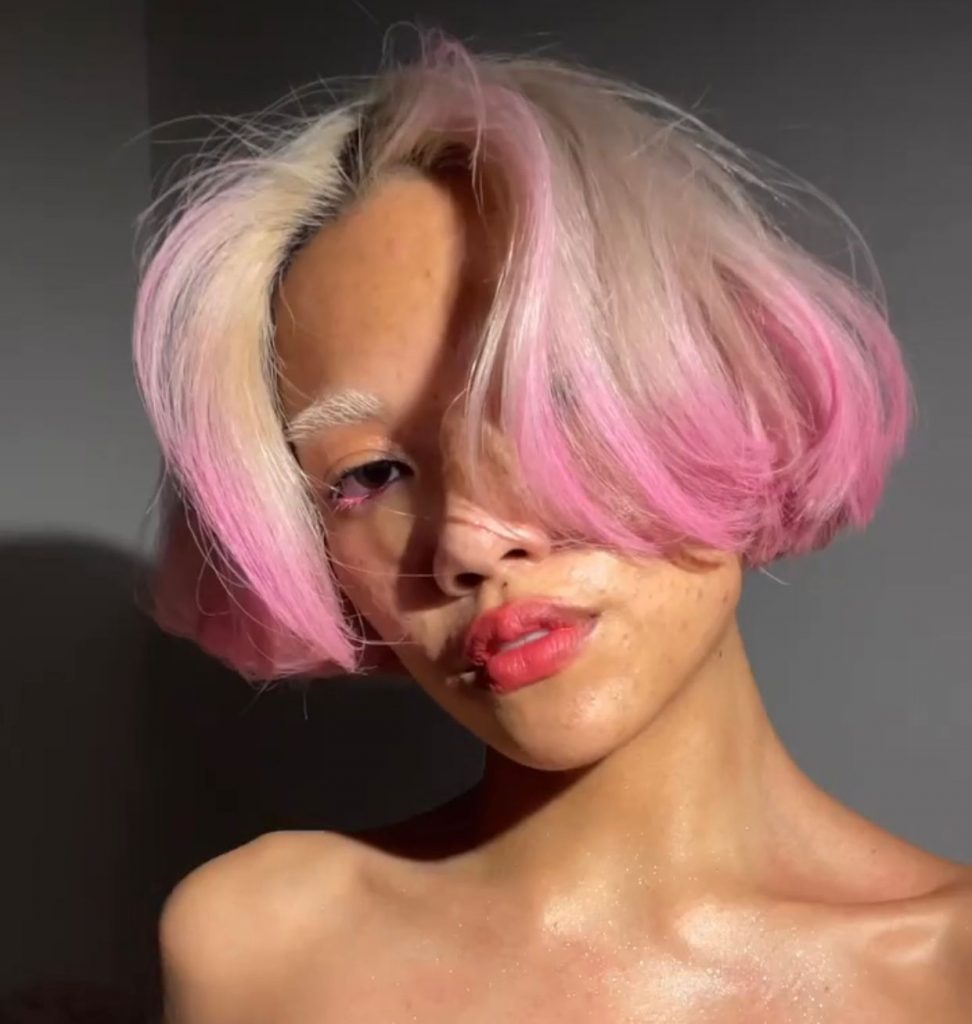
Ombre is a technique in which the hair color changes from dark to light tone along the length of the hair. In bright coloring, this can be, for example, a warm pink or blue tint.
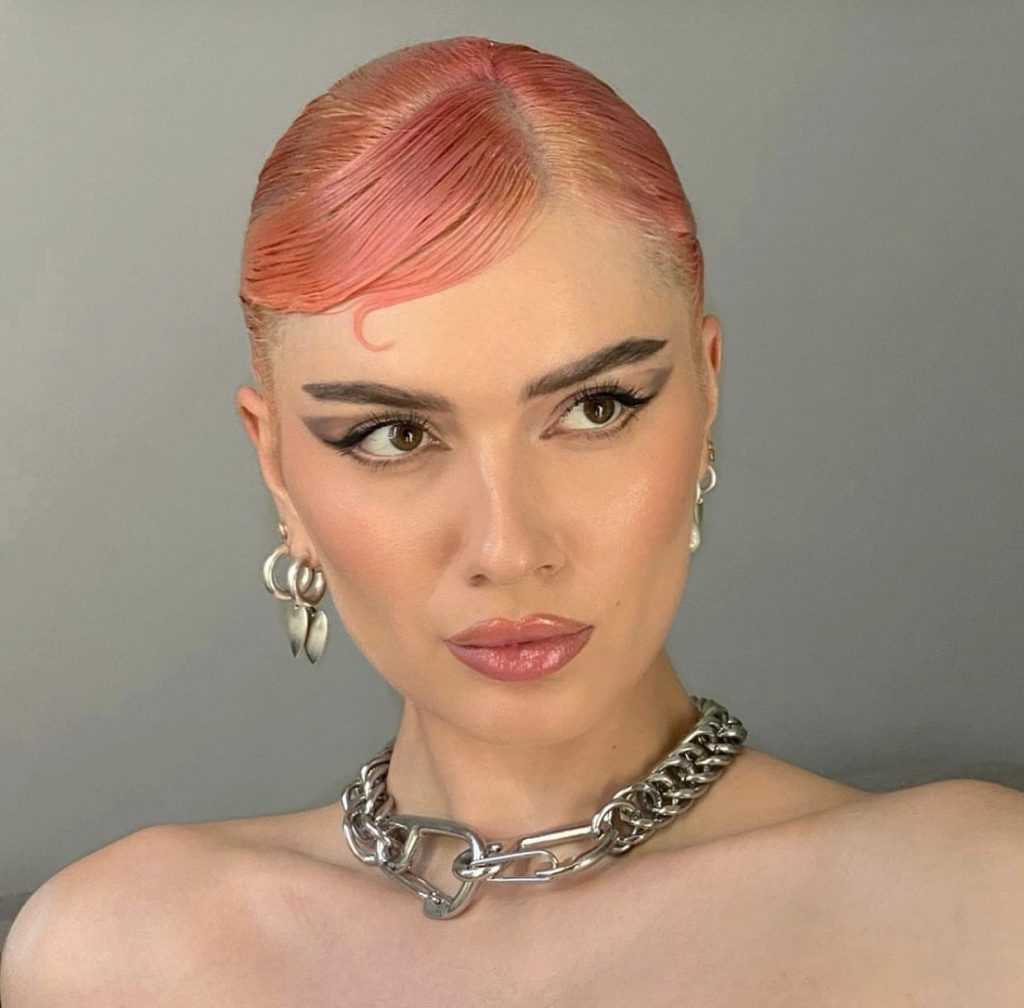
Recently, bright tones have become popular, which are more pastel varieties. For example, ash pink or peach yellow.
According to Marina, there is seasonality in bright coloring matters: in winter more saturated colors and direct pigments are popular, and in spring and summer pastel shades – pink, lavender and pale blue.
Source: People Talk
I’m Roger Gritton, and I’ve been writing for the The Fashion Vibes for over 5 years now. My specialty is beauty news; I’m passionate about covering the latest trends, products, and innovations in the industry. In my time there, I’ve become known as an authority on all things beauty-related.
I love discovering new experts to interview, researching up-and-coming ingredients and techniques that are making their way onto our beauty shelves and highlighting people who are making a difference in the world of cosmetics. My work has appeared not only on The Fashion Vibes, but also several other publications including the New York Times Magazine, Allure Magazine and Refinery29.

